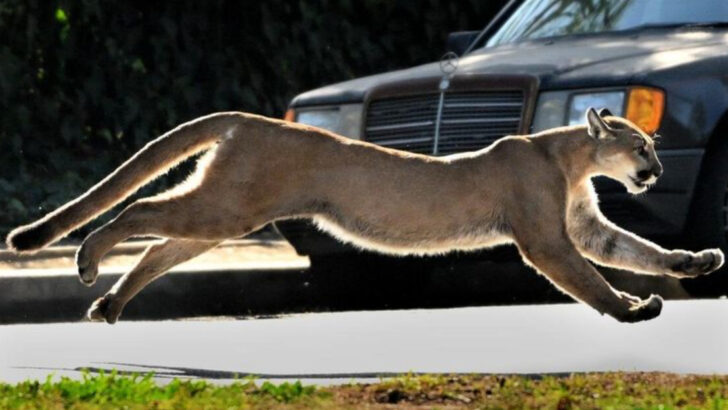Think your kids are safe from the dangers of the wild? Think again. Apex predators lurk in unexpected places across the U.S.—and they can pose real threats to children if we’re not careful. From the deep forests to your own backyard, these powerful creatures aren’t just a part of the wilderness—they’re a serious consideration for your family’s safety.
These predators aren’t just big and scary; they’re highly skilled hunters, perfectly capable of causing harm if an encounter goes awry. While the likelihood of danger is low, being informed can make all the difference in avoiding potential threats.
In this post, we’ll introduce you to 17 apex predators that could harm your kids and offer practical strategies to keep them safe. Let’s explore how to protect your family from nature’s most formidable creatures, while still respecting their place in the wild. Ready to get prepared?
American Alligator
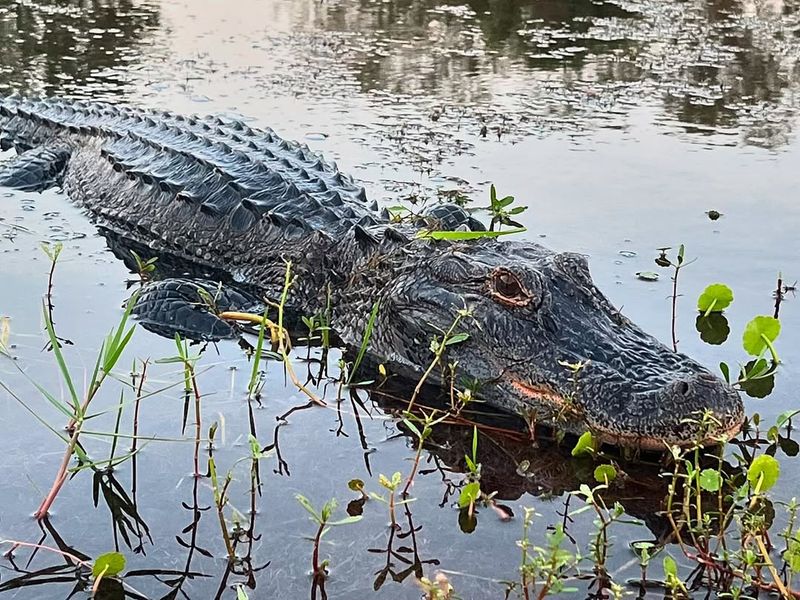
With powerful jaws and a sly, stealthy demeanor, the American Alligator is a formidable predator. Found mainly in the Southeast, these creatures often lurk in swamps, rivers, and lakes. Their eyes barely visible above water, these gators can surprise unsuspecting swimmers.
Though attacks are rare, teaching kids to stay clear of water edges and never swim alone can be lifesaving. Encourage children to always alert an adult if they spot an alligator.
Fun fact: Alligators have been around for over 150 million years, making them one of nature’s most ancient predators!
Mountain Lion
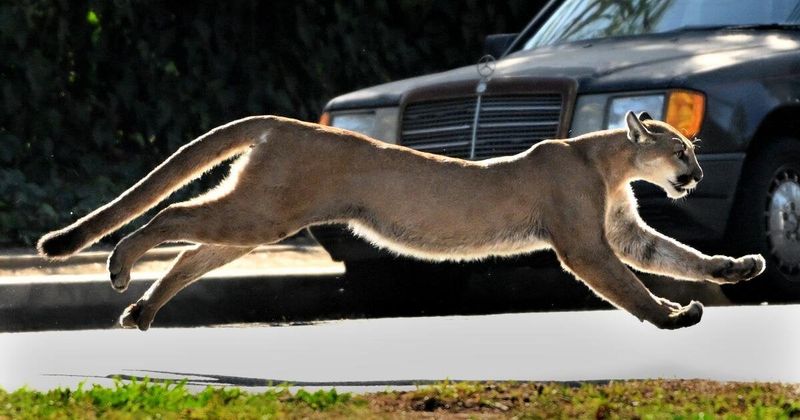
Silent and stealthy, the mountain lion is a true master of the hunt. Found across the western United States, these big cats prefer mountainous and forested regions. Their tawny coats blend seamlessly with the environment, making them hard to spot.
To protect kids, teach them to stay in groups and make noise while hiking. If encountered, standing tall and making themselves look larger can deter these cats.
Did you know? Mountain lions can leap an impressive 18 feet high, showcasing their incredible athleticism!
Grizzly Bear
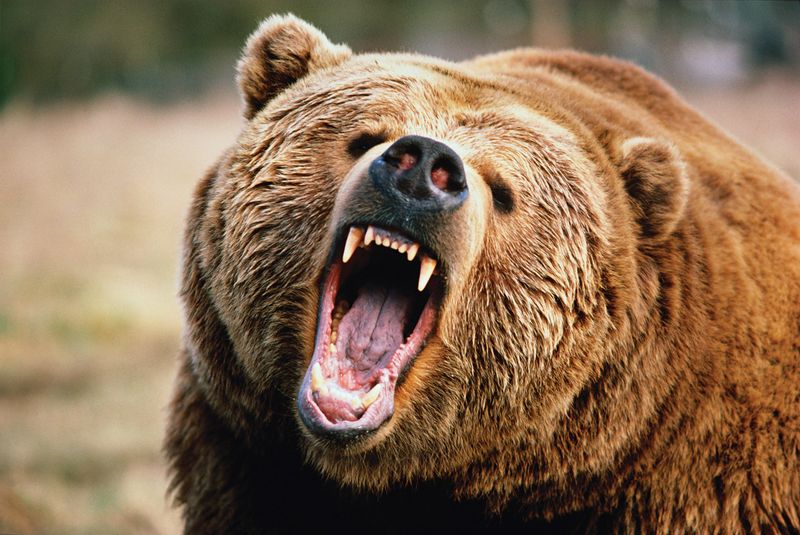
With their sheer size and strength, grizzly bears are not to be underestimated. Roaming the forests and mountains of the northern U.S., these bears are often spotted in national parks.
For safety, educate kids about making noise while hiking and storing food securely. In the rare chance of an encounter, remaining calm and backing away slowly is key.
Interesting tidbit: Grizzlies have a powerful sense of smell, reportedly seven times more sensitive than a bloodhound’s!
Great White Shark
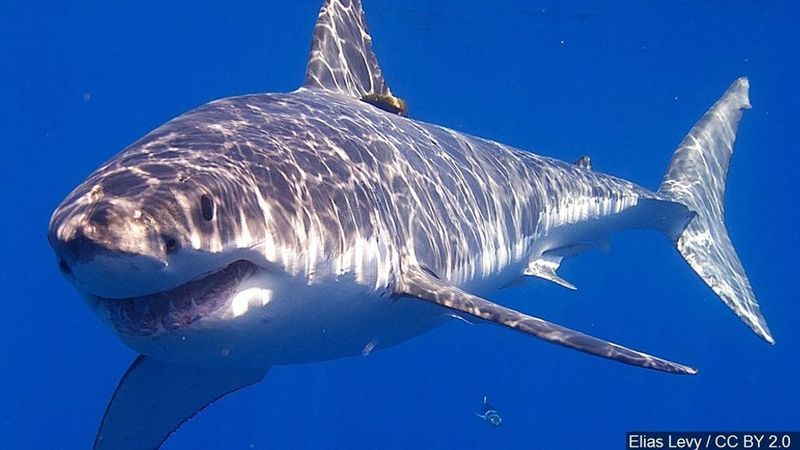
The ocean’s top predator, the great white shark, is both fascinating and fearsome. Found off both coasts, these sharks often roam near beaches and coastal waters. Their keen sense of smell and speed make them adept hunters.
To keep kids safe, explain the importance of swimming in designated areas and avoiding deep waters. Shark spotting technologies and lifeguards further reduce risks.
Fascinating fact: Great white sharks can detect a single drop of blood in 25 gallons of water, illustrating their incredible sensory abilities!
Timber Rattlesnake
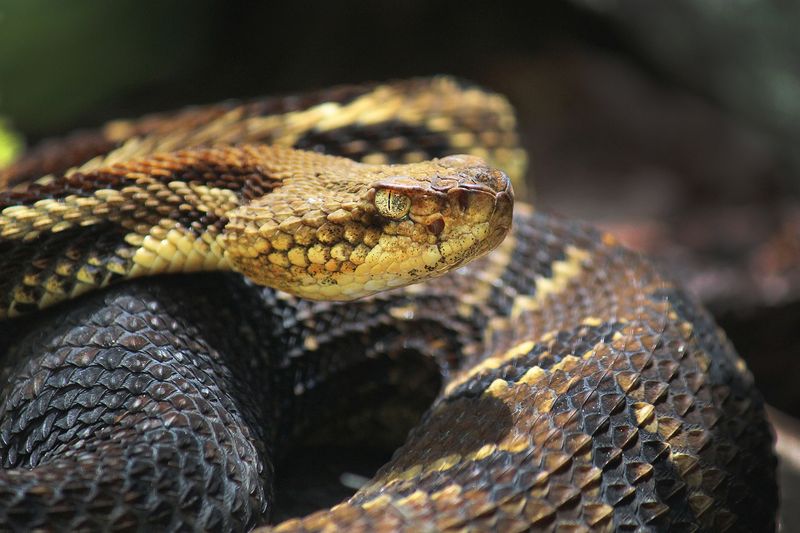
With their unmistakable rattle, timber rattlesnakes send a clear warning. Found in the eastern U.S., these snakes favor rocky hillsides and wooded areas. Their camouflage allows them to remain hidden until threatened.
Encourage kids to stay on paths and watch their step in snake-prone areas. Educating them on rattling sounds can prevent unfortunate surprises.
Did you know? Timber rattlesnakes play a vital role in controlling rodent populations, showcasing their ecological importance!
Coyote
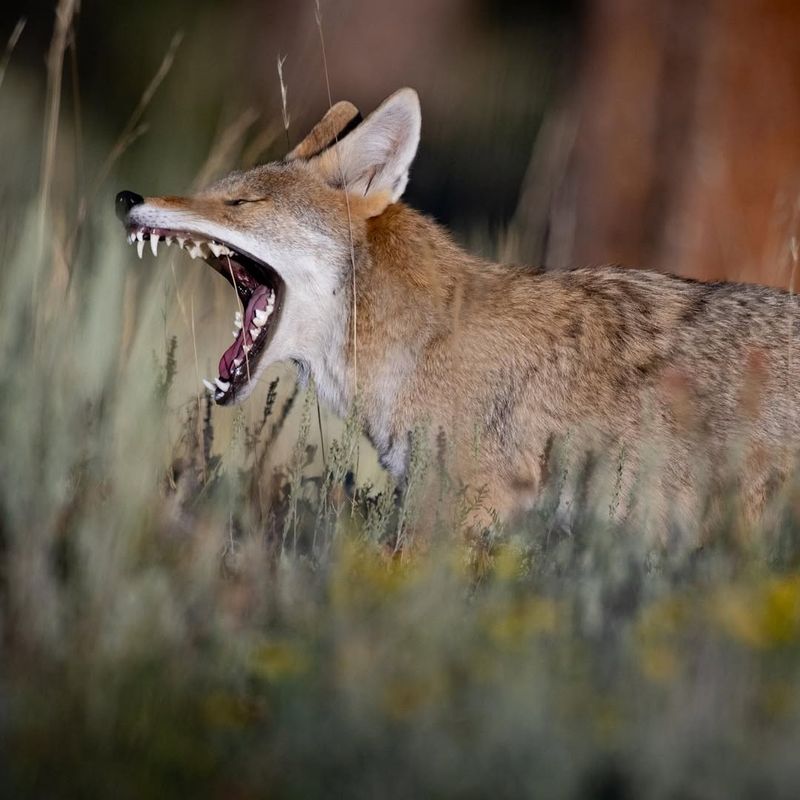
Coyotes are highly adaptable and often found in urban and suburban areas. With their quick movements and keen senses, they are skilled hunters of small prey.
To protect children, advise them to avoid approaching coyotes. Securing trash and feeding pets indoors can prevent attracting them to neighborhoods.
Quirky detail: Coyotes have been known to form unusual hunting partnerships with badgers, using teamwork to catch prey!
Bull Shark
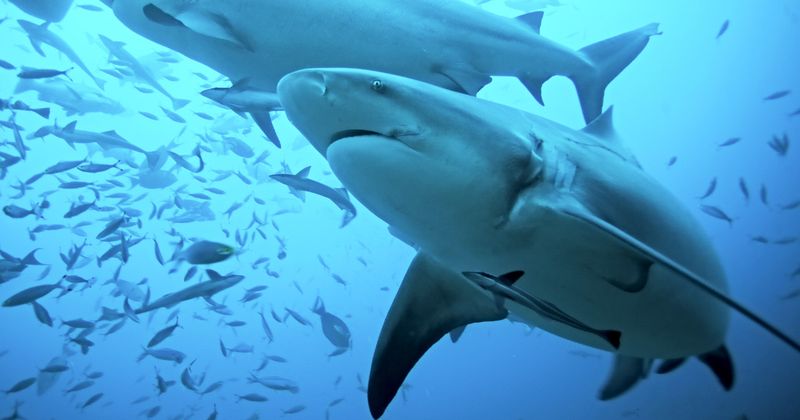
Aggressive and adaptable, bull sharks are unique for venturing into freshwater rivers. Found along the Gulf and East Coast, they pose a risk in both ocean and river environments.
Educating kids on safe swimming zones and the dangers of murky waters is crucial. Lifeguards and local warnings can offer additional protection.
Intriguing tidbit: Unlike most shark species, bull sharks can regulate their bodies to thrive in freshwater, making them particularly versatile predators!
Black Bear
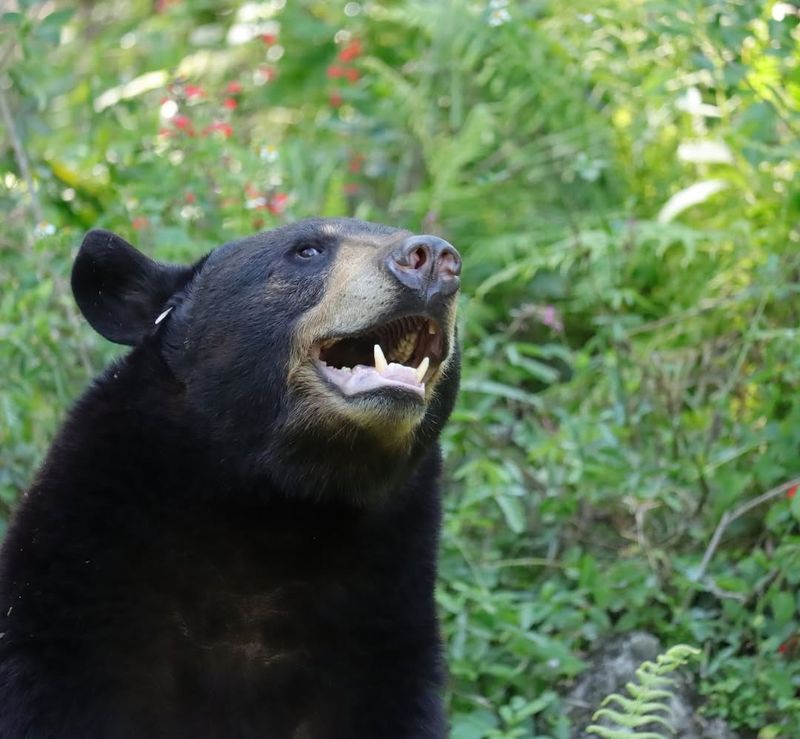
Though smaller than their grizzly cousins, black bears are still formidable. Inhabiting forests across the U.S., they are curious and often drawn to human food sources.
To safeguard kids, teach them to store food properly and avoid feeding wildlife. In bear country, traveling in groups can deter encounters.
Fun fact: Black bears can climb trees with ease, using their claws to grip the bark like expert climbers!
Bobcat
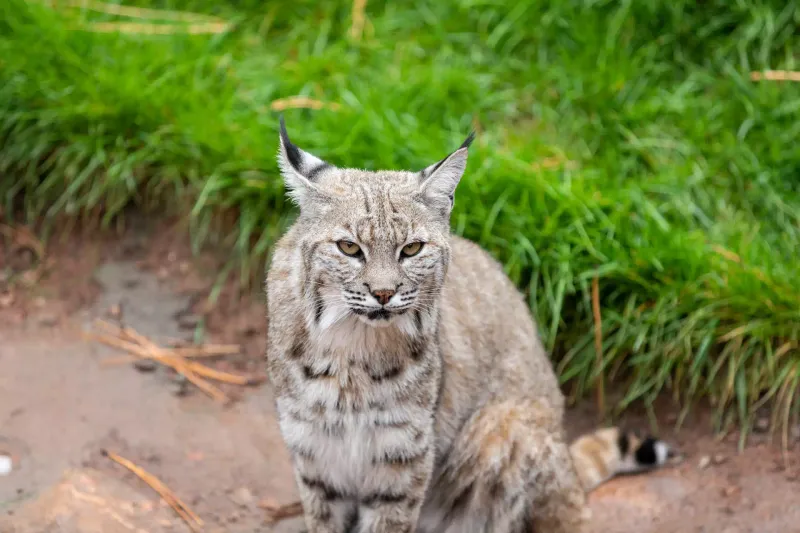
Bobcats are elusive and predominantly nocturnal, prowling forests and swamps across the country. With tufted ears and sharp instincts, they are skilled hunters.
Children should be informed to keep pets indoors at night and stay alert in wooded areas. Avoiding leaving pet food outside can reduce bobcat visits.
Fun fact: Bobcats can jump up to 12 feet in one leap, making them agile and impressive hunters!
Red Wolf
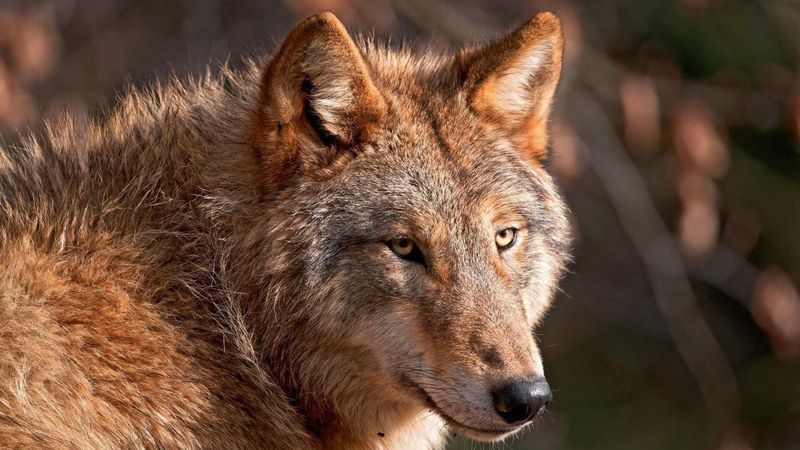
Once widespread, the red wolf is now critically endangered, with a small population in the southeastern U.S. These wolves are shy and avoid human contact.
Children should be taught to respect wildlife and avoid approaching any wild animals. Encouraging conservation efforts helps protect these unique predators.
Interesting tidbit: Red wolves are key players in maintaining ecological balance, often preying on deer and rodents to control populations.
Northern Copperhead

The northern copperhead is known for its distinctive copper-colored bands. Found in the eastern U.S., they inhabit forests and rocky areas.
Teaching kids to recognize these patterns and avoid reaching into hidden spaces can prevent bites. Emphasizing the importance of staying on trails is vital.
Fun fact: Copperheads use a “freeze” technique to ambush prey, remaining motionless until the right moment to strike.
Gray Wolf
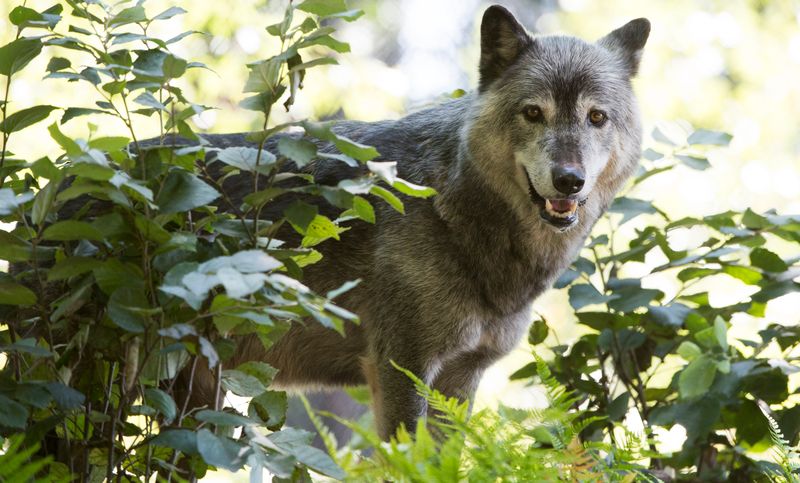
The gray wolf, a symbol of wilderness, roams the northern forests and plains. With their pack mentality, they are strategic and efficient hunters.
Educating children about the importance of not approaching wild animals and respecting their space is crucial. Supporting wolf conservation helps maintain ecological balance.
Did you know? Gray wolves communicate using a complex system of howls, barks, and body language, making them highly social creatures.
American Crocodile

Less aggressive than their alligator cousins, American crocodiles are still formidable. Found in southern Florida, they inhabit coastal areas and brackish waters.
Children should be taught to avoid swimming in crocodile habitats and heed local warnings. Observing these creatures from a safe distance is best.
Fascinating fact: American crocodiles are excellent swimmers, using their tails to propel through water with surprising speed!
Eastern Diamondback Rattlesnake
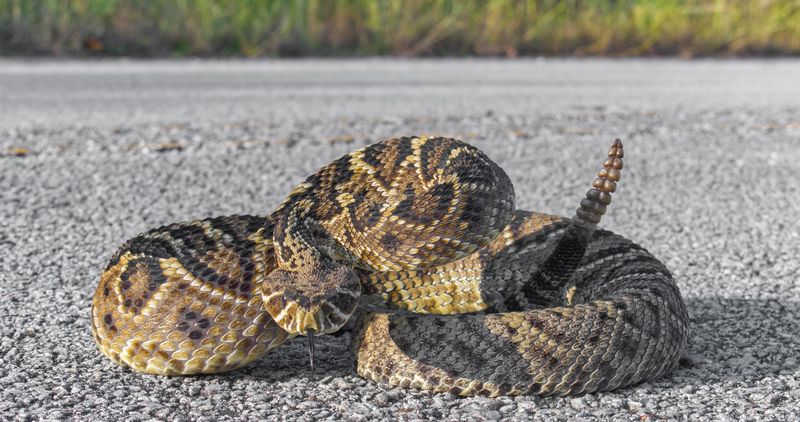
The eastern diamondback rattlesnake is the largest venomous snake in North America. Found in the southeastern U.S., they prefer dry, sandy areas.
Kids should be educated to recognize the rattle warning and avoid tall grass where these snakes may hide. Staying on trails reduces the risk of encounters.
Fun fact: Their rattle is made of keratin, the same material as human fingernails, creating a warning sound when vibrated.
Jellyfish
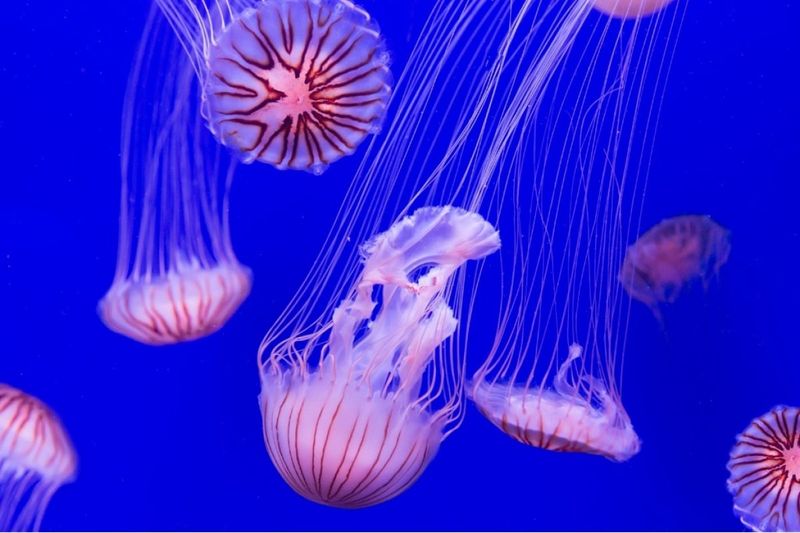
Floating silently beneath the waves, jellyfish can be both beautiful and dangerous. Their delicate appearance masks a painful sting that can cause severe reactions in children. While not all jellyfish species are harmful, some, like the box jellyfish, are known for their venomous tentacles.
When visiting beaches, it’s important to keep an eye on local advisories about jellyfish presence and teach children to avoid these creatures in the water. Carrying vinegar in your beach kit can help neutralize the sting if contact occurs.
Remember, those mesmerizing, gelatinous bodies are best admired from the safety of the shore!
American Bison
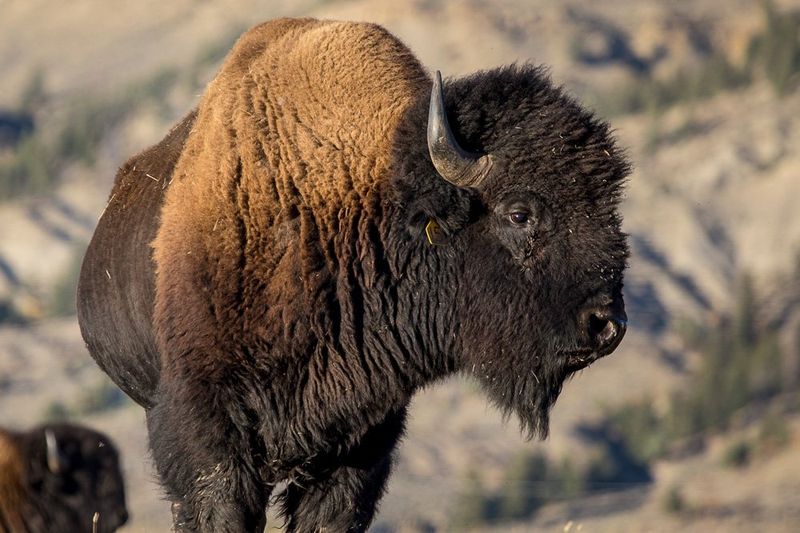
The American bison, with its massive frame and thick coat, might seem like a gentle giant grazing in the plains. Yet, these animals can become highly aggressive if they feel threatened, especially around their young. Weighing up to 2,000 pounds, a charging bison is a force of nature that is best admired from a safe distance.
When visiting areas where bison roam freely, such as national parks, it’s crucial to maintain a safe distance and never attempt to feed them. Teaching children about the importance of observing wildlife from afar can prevent dangerous situations.
Fun fact: The bison is the national mammal of the United States, symbolizing the country’s history and wildlife heritage.
Bald Eagle
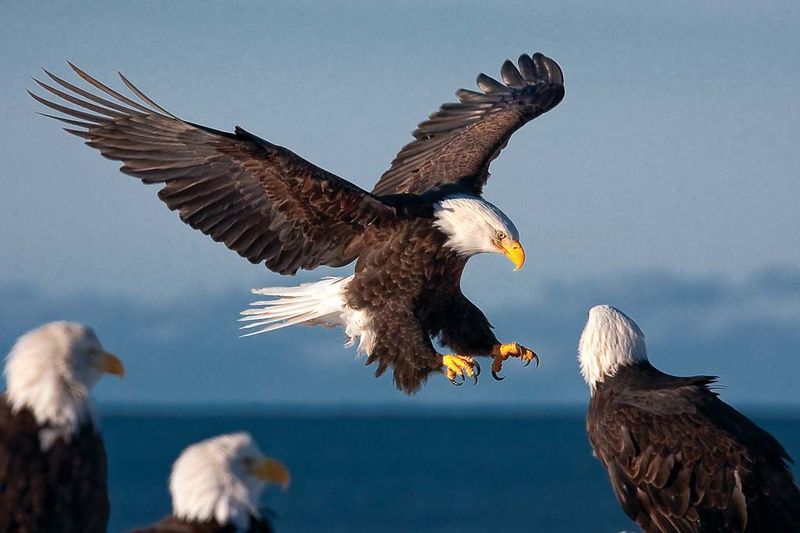
With eyes as sharp as a hawk and a wingspan stretching over seven feet, the bald eagle is a symbol of American freedom. These magnificent birds can be mesmerizing to watch as they glide effortlessly through the sky. However, their keen vision and swift diving speed can pose a risk if they feel threatened or if their nests are disturbed.
If you find yourself near their territory, it’s wise to maintain a respectful distance. Educating your kids about the importance of not approaching or attempting to feed these raptors can prevent unwanted encounters. In areas known for eagle activity, keep a watchful eye and enjoy the sight from afar.
Did you know? The bald eagle was removed from the endangered species list in 2007, a testament to successful conservation efforts!

